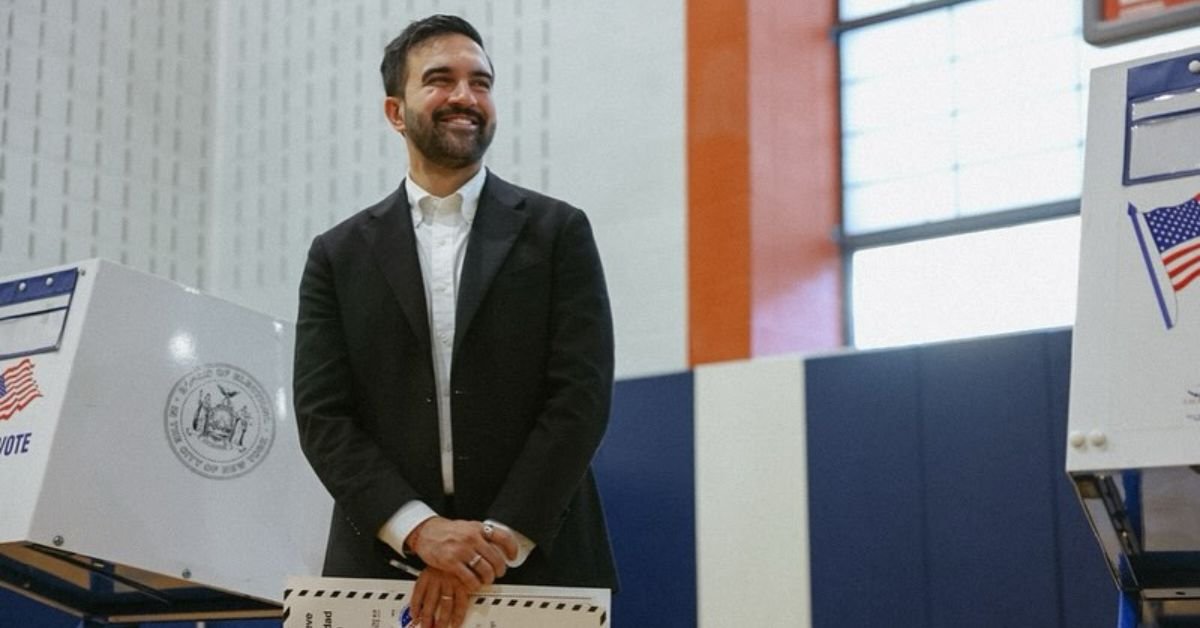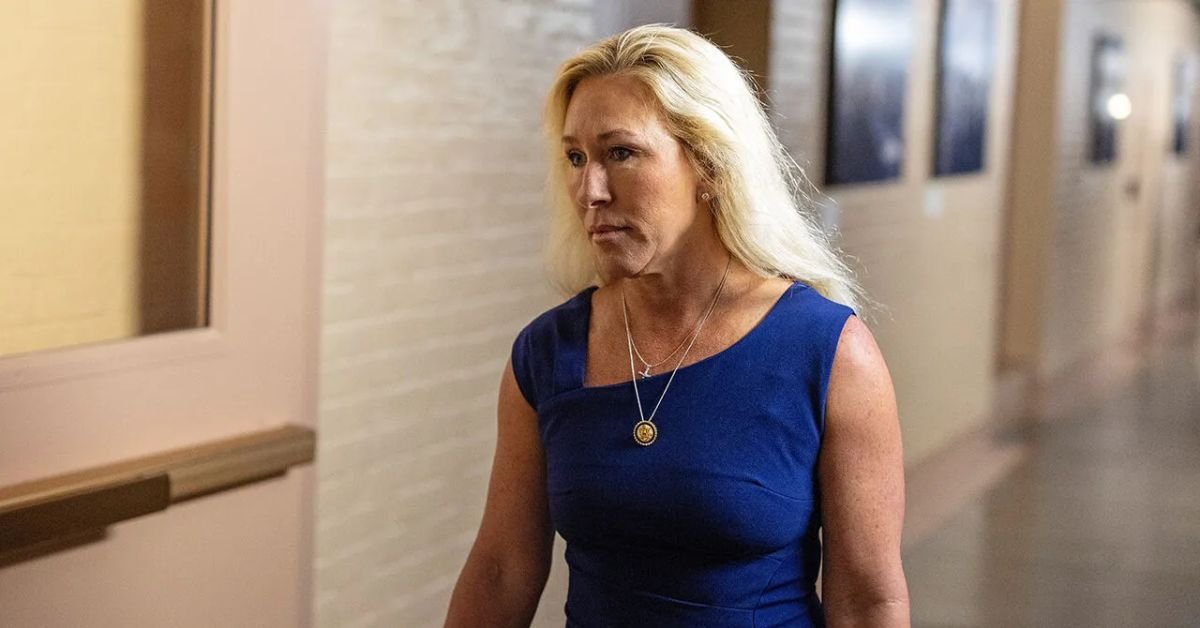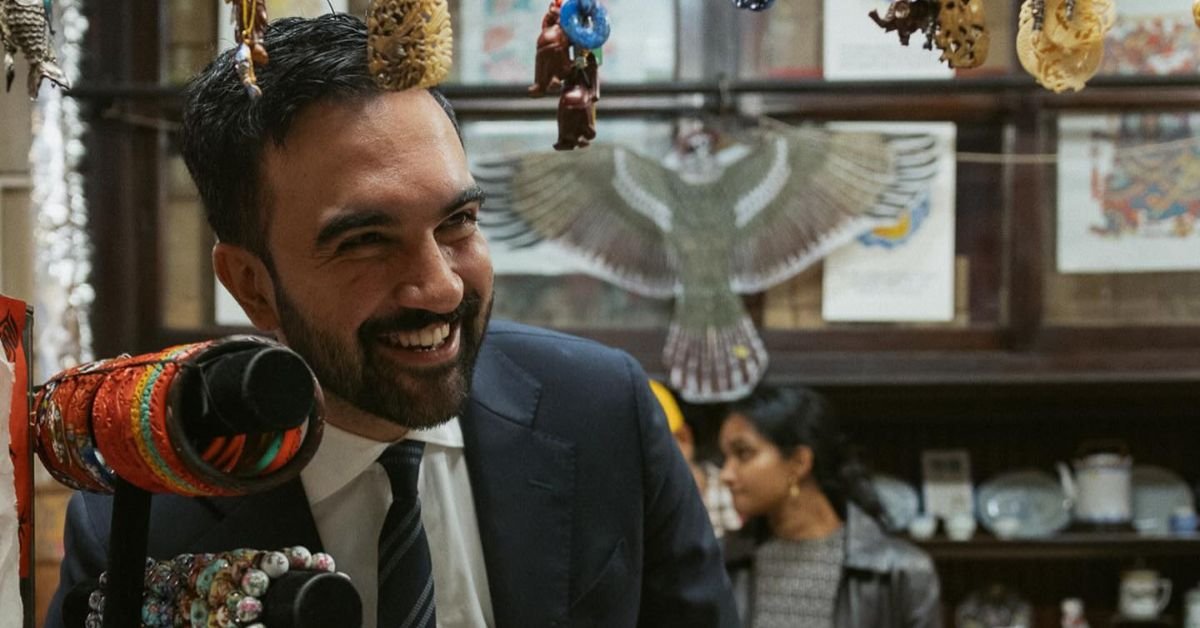Table Of Contents
Zohran Mamdani
In the bustling streets of Queens, New York, where diverse communities blend into a vibrant tapestry of cultures, one man’s journey from immigrant roots to political powerhouse stands out.
Zohran Mamdani, the freshly elected mayor of New York City, did not just win an election; he built a movement.
His story of creating a local volunteer network is a blueprint for anyone looking to rally people around a cause.
It is about transforming everyday people into dedicated activists, knocking on doors, and forming lasting connections that extend beyond any campaign season.
If you are someone who has ever wondered how to spark community involvement or mobilize volunteers for a neighborhood project, Zohran’s approach offers practical lessons.
Born in Kampala, Uganda, and arriving in New York at the age of seven, Zohran grew up understanding the struggles of working-class families.
His path was not paved with political dynasties; it was forged through hands-on community work and a deep commitment to social justice.
As a foreclosure prevention counselor, he helped families keep their homes during tough economic times, learning firsthand how policies affect real lives.
This experience fueled his drive to organize and empower others.
Zohran’s volunteer network did not happen overnight.
It began small, rooted in his early involvement with local campaigns and groups, such as the Democratic Socialists of America (DSA).
During his college days at Bowdoin, he co-founded a chapter of Students for Justice in Palestine, honing his skills in rallying people around shared values.
When he jumped into politics, volunteering for candidates who championed immigrant rights and affordable housing, he saw the power of grassroots efforts.
These early steps laid the groundwork for what would become one of the largest volunteer operations in New York City’s history.
The Spark: Early Community Organizing
Zohran’s entry into organized volunteering came through roles that put him directly in touch with people’s needs.
As a counselor at a community development organization focused on serving South Asian and Indo-Caribbean immigrants, he dealt with a wide range of issues, including liens and foreclosures.
It was here that he realized volunteering is not just about showing up; it is about building trust.
He volunteered for local races, such as helping an Arab immigrant candidate in Brooklyn, who garnered surprising support despite long odds.
These experiences taught him that even in diverse, sometimes divided neighborhoods, common issues like the cost of living could unite people.
By the time Zohran ran for the New York State Assembly in 2020, he had a small but dedicated group of volunteers.
They focused on door-to-door canvassing, climbing endless flights of stairs in walk-up buildings to talk to seniors and families.
The goal was simple: listen first, then explain how policies could improve lives.
This personal touch helped him win his seat, representing parts of Queens like Astoria and Long Island City.
However, it was just the beginning.
He utilized his assembly role to advocate for changes, such as securing debt relief for taxi drivers through a dramatic 15-day hunger strike that garnered widespread attention and volunteer support.
What made his network grow?
It was his emphasis on urgency.
Zohran often shared stories of working-class New Yorkers struggling with rent hikes or job losses, making volunteers feel like their efforts were part of something bigger.
He drew inspiration from Bernie Sanders’ campaigns, pivoting conversations to address economic issues that resonated across diverse communities.
Key Strategies For Recruitment And Growth
Building a volunteer network requires more than enthusiasm; it needs a structured approach.
Zohran’s team, led by experienced field directors, started early, months before the mayoral primary.
They aimed to develop leaders, not just followers.
Over 400 field leads were trained in sessions that covered operations, messaging, and why the campaign mattered to them personally.
These leads then replicated the model, training others in a chain reaction that democratized the effort.
Recruitment was straightforward but effective.
At every door knock or phone call, canvassers asked supporters if they would join as volunteers.
They explained the tasks clearly, including door-to-door canvassing, phone banking, and hosting events, and followed up promptly.
Enthusiastic folks were fast-tracked to leadership roles.
This approach turned one-time helpers into committed organizers.
By the primary, over 50,000 people had signed up, with more than 30,000 actively canvassing.
They knocked on 1.6 million doors, leading to nearly 250,000 conversations with voters.
Training was hands-on: learn by doing.
New volunteers shadowed experienced ones, practicing scripts that began with open-ended questions, such as “What is the biggest challenge you are facing right now?” Feedback loops refined the messaging; what worked in Queens might need tweaking for the Bronx.
They used a support ranking system: strong supporters (1s) got follow-ups to vote, while undecideds (3s) received more persuasion.
This data-driven yet human-centered method kept efforts focused.
To make the campaign inclusive, it hired specialized paid canvassers for hard-to-reach areas and non-English speakers, ensuring that no community was left out.
Volunteers came from all walks of life: young first-timers in Jackson Heights, families in the Bronx, and even some who crossed over from rival campaigns for a selfie.
The diversity mirrored New York’s melting pot, with strong turnout from Muslim, South Asian, and renter communities.
| Strategy | Description | Impact |
|---|---|---|
| Early Leadership Development | Trained over 400 field leads starting in December, focusing on replication and peer learning. | Created a scalable structure where volunteers became trainers, expanding reach without top-down control. |
| Door-to-Door Recruitment | Asked supporters at every interaction to volunteer, with immediate follow-ups. | Turned passive supporters into active participants, building a 50,000+ volunteer base. |
| Hands-On Training | Shadowing and feedback sessions to refine scripts and approaches. | Improved volunteer confidence and effectiveness, leading to 1.6 million door knocks. |
| Inclusive Outreach | Specialized canvassers for diverse languages and areas. | Engaged underrepresented groups, boosting turnout in key neighborhoods. |
| Data-Driven Ranking | Used a “1s and 2s” system to prioritize follow-ups. | Maximized efficiency, contributing to high voter conversations and turnout. |
This table highlights how these tactics are intertwined to create momentum.
It is not rocket science, just consistent, people-focused work.
Leveraging Technology For Scale
In today’s world, technology plays a significant role in organizations, and Zohran’s campaign smartly utilized tools to manage its growing network.
They adopted a platform designed for deep organizing, originally built for union efforts.
This all-in-one system handled everything from sign-ups to reminders, RSVPs, and tracking attendance.
Volunteers received texts and emails for shifts, and the platform even created an “influence map” by tracking referrals and who invited whom to identify natural leaders.
Features like shared inboxes for communication and automations for calendar invites made it easy for busy New Yorkers to stay involved.
No more juggling multiple apps; everything was in one place.
This tech supported over 90,000 volunteers by the general election, enabling peaks of up to 251,000 calls in a single evening.
It fostered genuine relationships, not just transactions, transforming volunteers into a connected community ready to take action.
The beauty was in its simplicity.
Volunteers can sign up for canvassing events online, receive reminders, and even allocate shifts based on their availability.
This efficiency allowed the small paid staff, just a few dozen, to focus on strategy, while volunteers drove the grassroots effort.
The result?
Over 3 million doors knocked and 4.4 million calls made, powering Zohran’s upset victory.
The Kitchen-Table Strategy: Homes As Hubs
One of the most innovative parts of Zohran’s network was the “kitchen-table strategy.”
Instead of renting expensive offices, they enlisted everyday New Yorkers to host staging locations in their homes.
Over 42 hosts across the five boroughs opened their apartments, porches, or yards as bases for volunteers.
From 8:30 a.m. to 8:30 p.m., these spots provided WiFi, bathrooms, and storage for materials, practical perks that helped maintain high energy levels during long days.
Hosts, often tenants with flexible schedules, handed over keys for access, embodying the campaign’s belief in neighborly solidarity.
This was built on past DSA efforts but scaled up massively.
In places like Astoria or Queens, yards became training grounds for canvassing shifts.
It was not just logistics; it created lasting bonds. Volunteers shared meals, stories, and motivation around those kitchen tables, turning politics into something personal and communal.
Zohran himself noted how these hosts provided the movement with a “home,” enabling direct outreach to their neighbors.
The strategy expanded to new areas, such as Orthodox Jewish communities in Borough Park, demonstrating flexibility.
By Election Day, over 20,000 canvassing shifts had been filled, contributing to a record turnout despite challenges such as heatwaves.
Challenges, Lessons, And Lasting Impact
Of course, building such a network was not without hurdles.
Early on, skeptics doubted a socialist candidate could mobilize broadly, especially amid controversies over issues like Israel-Palestine policies.
However, Zohran’s team remained focused on economic messages, such as freezing rents, providing free buses, and universal childcare, that transcended divides.
They faced opposition from prominent figures like Andrew Cuomo, yet the volunteer army’s persistence ultimately prevailed.
Lessons from this?
Start early, train thoroughly, and make it a personal experience.
Recruitment thrives when you ask directly and follow up.
Tech helps scale, but human connections seal the deal.
Inclusivity matters; reaching non-English speakers and diverse groups builds stronger networks.
Moreover, please do not underestimate the power of homes as organizing spaces; they save money and foster a sense of community.
The impact goes beyond the election.
Zohran’s network has inspired similar efforts elsewhere, showing how local volunteers can shift power.
His win as the first Muslim and African-born mayor marks a milestone, but it is the volunteer model that could change how we approach community action.
Trivia Time
Did you know Zohran Mamdani was once a rapper? Under the stage name “Mr. Cardamom,” he released tracks that blended hip-hop with social commentary, a creative outlet that honed his storytelling skills, making him perfect for rallying volunteers.
Conclusion
In conclusion, Zohran Mamdani’s story serves as a reminder that real change begins at the grassroots level.
By building a volunteer network through smart strategies, tech, and genuine connections, he turned a long-shot campaign into a historic victory.
If you are inspired to start your own community effort, remember: it is about people, not perfection.
Thanks for reading this piece from THOUSIF Inc. – USA.
We love sharing stories that highlight innovative leadership and community building.
Explore our other articles for more insights into local heroes and practical tips on making a difference in your neighborhood.
What is your take on volunteer networks?
We would love to hear in the comments!






